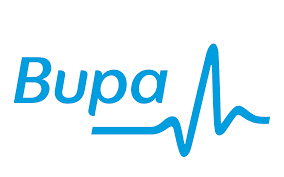As a long term sufferer of back pain, or someone who has recently injured their back, there are things you can do to help minimise the pain and reduce the impact it has on your life.
If you are in pain, It’s recommended you see your doctor, or book a free assessment with an Osteopath or Chiropractor at your local Freedom Clinic, but there are things you can do yourself.
Here are ten things you could try to help reduce pain and maintain a healthy back:
- Improve your posture at work. The top of your computer screen should be at eye level and directly in front of you so you don’t end up hunched over your desk, or need to keep moving your head and neck. A good adjustable chair with lumbar support will also help alleviate back pain, as will taking regular short breaks to get up and move around.
- Regular gentle exercise can help you maintain mobility. It’s not always easy to find the time (or motivation), but simple things like walking rather than driving short distances, parking a bit further away from work or getting off the bus a stop early could all help. Try to do 30 minutes activity per day and consider activities such as swimming and cycling.
- Sleep on your back or side on a firm mattress with a good pillow. To keep the head aligned with the spine, your pillow needs to fill the space between your neck and head – consider using a rolled up towel under your neck to give extra support.
- If you do sleep on your side, put a pillow between your knees. This will also help to support your spine and reduce the back pain and stiffness you feel first thing in the morning.
- When driving, sit with your back firmly against the seat to provide support. There should be a slight bend in your elbows when holding the steering wheel.
- Eating healthily can give you more energy and make you feel generally better. It will also help you maintain a healthy weight as the more you weigh, the more pressure is placed on your joints, aggravating your back pain.
- When lifting an object always bend from the knees and hips, not the waist, and use leg and stomach muscles for lifting, not back muscles.
- Stretching regularly helps to improve flexibility and circulation as well as reducing the risk of further injury and muscle soreness, particularly before and after exercising.
- Using a heat pack can help reduce back pain, cramps and muscle spasms.
- Using an ice pack (or a bag of frozen peas) on the painful area can help reduce inflammation.
Before using ice or heat, speak to your Freedom Practitioner to clarify which is needed in your case and how to use it correctly.
Don’t forget to listen to your body. Pain is your body’s warning system; if an activity causes you pain, stop doing it and seek medical advice. Your Freedom practitioner can help advise you on the best course of treatment for your condition. To book a FREE assessment call 0844 327 4000 (local rate) or book online now.





